Akitas are notoriously challenging to train. However, that doesn’t mean they’re completely untrainable. It just takes a bit more time and skill to teach them to behave.
As protective canines, Akitas can become reactive and overprotective if not trained and socialized properly. Therefore, while this breed may be challenging to work with during training, they need it more than most other dogs.
Fortunately, training an Akita isn’t impossible if you know what you’re doing. Here are a few tips and steps to help you on your journey.

The 7 Tips to Train an Akita
1. Start With Socialization and Desensitization
As soon as possible, begin socializing and desensitizing your Akita. Any quality breeder will begin socialization before they send their dogs to their forever homes. Ensure that the breeder you adopt from does this, and ask them what exactly the dog has been introduced to so you know where to begin. Getting them used to having their paws, ears, and body touched while they are a puppy is crucial. Starting early will help ensure that they will allow it when they’re older.
Much socialization can take place at home. For instance, you can invite friends over to play with your puppy. Aim to introduce your pet to as many people as possible, including children. You want your dog to know that people come in many shapes and sizes, and that’s normal. Also, introduce your pup to unusual household objects, like umbrellas and vacuums.
Once your dog has had their first round of vaccinations,1 start taking trips outside of the house. Puppy classes can work wonders, as they provide your pet with a place to socialize with other dogs and people. Take your pup to pet-friendly stores, dog parks, and anywhere else they are allowed. The more places you take them, the more experience they’ll have.
We cannot overstate how essential socialization is for Akitas. Without it, they may see everyday events as threats, making them become protective when they don’t need to be.

2. Start With Basic Commands
Once your Akita is in your home, start with basic commands, like “sit,” “stay,” and “lie down.” Dogs can start learning these commands at a very early age, though it may take them many months to master them. It’s important to get them used to training, though, even if they don’t pick up on the commands right away.
If you’re taking your puppy to training classes, your trainer should walk you through the main commands. If not, you’ll need to make a schedule for your puppy and train every day to accomplish your goals. Everyday training is vital to making these dogs manageable as adults.
Don’t use harsh training methods, as these can make your pet protective and fearful. Instead, work with your pup’s natural devotion to their family to make training easier. When Akitas have a good relationship with their owners, they often want to make them proud, which makes it easier to train.
Be consistent, and use positive rewards to slowly train your Akita on all the basics. A veterinarian can give you great guidance on how to train your dog properly.
If you need to speak with a vet but can't get to one, head over to PangoVet. It's an online service where you can talk to a vet online and get the personalized advice you need for your pet — all at an affordable price!

3. Work on Leash Training
Your Akita can get fairly large and powerful, so you must train them to walk on a leash properly. This breed can be stubborn, especially when it comes to walking on a leash. Therefore, this act can be more challenging than it may be for most other dogs. It’s important to start early and walk your dog every day. If possible, work with a trainer to get your dog properly walking on a leash.
Don’t allow your Akita to pull on the leash. If they begin pulling, stop and draw their attention back to you. Once they stop pulling, reward them by walking again. Once they pull, stop. You’ll need to repeat this over and over again. Don’t expect much progress at the beginning. You may only make it a few feet.
Teaching your dog to “heel” can make leash walking a bit easier. Whenever they pull, you can tell them to “heel” again before resuming your walk.
4. Keep Sessions Short
Because there is so much training to do, it can be tempting to make training sessions long. However, Akitas have short attention spans, especially as puppies. When you first begin training, sessions should last between 3 and 5 minutes—that’s it! You can train two times a day if you’re trying to train faster, but you shouldn’t make sessions longer.
Encourage your dog’s natural problem-solving abilities too. Make training enjoyable—not a chore. Akitas often like training sessions that challenge their mind, and they like being praised by their family. Emphasize these two factors in your training sessions, and you’ll find training much more straightforward.

5. Don’t Forget About Crate Training
Akitas are naturally protective, which can also make them naturally anxious. They may worry about things that other dogs wouldn’t care about. Therefore, they must have somewhere safe and comforting to go. A crate fulfills this role.
Think of your dog’s crate as their “den.” Yes, it does provide them with a place to stay when you are gone. However, it should also be a place they like to be.
You should start by making your puppy remain in their crate for short periods. Make it comfortable, and cover all sides but one with a towel or blanket. Alternatively, you can put the crate underneath a table or desk. Give the dog special treats and toys to reward them for crate time.
Then, slowly work up the amount of time that your dog spends in the crate. Allow them to access the crate whenever they want to, and make it a household rule that the dog is left alone when in the crate.
6. Respect Your Dog
Akitas are aloof dogs that tend to be reserved around strangers. There is nothing you can do to change that; it’s simply how this breed is built. It’s important to respect and accept this temperament trait and never force your dog to interact with strangers. A well-behaved Akita respects a stranger’s space and isn’t aggressive toward them—but they also don’t want every stranger to pet them.
Akitas are not like many modern companion dogs. They aren’t going to rush up to strangers and demand attention. Forcing socialization and expecting your pet to love everyone will only cause them to become stressed or fearful. Forced interactions might lead to aggression.
If you’re looking for a friendly, outgoing dog, an Akita is not for you. It’s important to respect their innate personality when training and to not expect things that just aren’t going to happen. Japanese Akitas, or Akita Inus, are particularly known to value their personal space and might not enjoy being constantly touched, even by their owners.
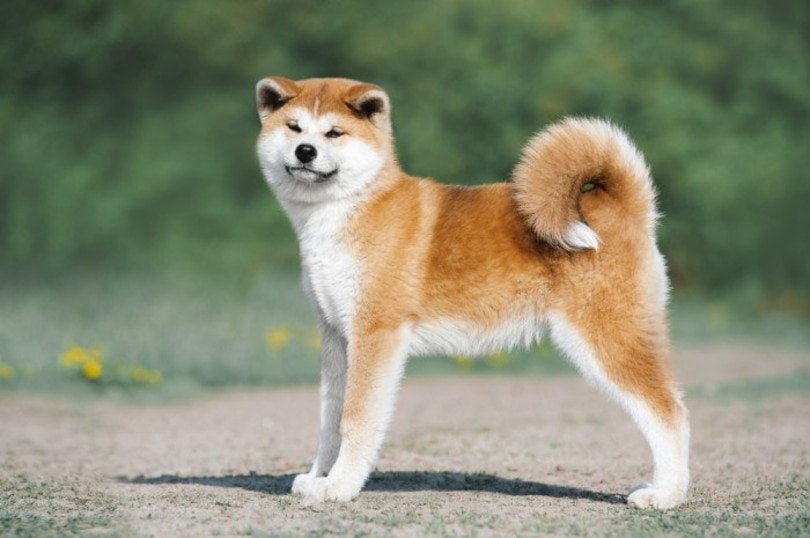
7. Be Assertive
Akitas are intelligent, independent thinkers and strong-willed. Training them will require consistency and a confident, assertive trainer who is not intimidated by their size and physical capacity. Likewise, you should know that Akitas might need to repeat the same lesson a few times before it sinks in, so patience is a quality that you will need to nurture and develop.

In Conclusion
Training your Akita can be more challenging than training many other dogs. However, it isn’t impossible. You just need to be a bit more intentional and careful with the process. We highly recommend enrolling your dog in group puppy classes as soon as possible. These provide training and socialization with other dogs, which is vital for Akitas. Furthermore, we recommend beginning socialization and training as soon as you bring your puppy home.
Hopefully, you find these tips helpful when training your Akita. Training is a marathon, not a sprint. Consistency goes a long way when it comes to training dogs, so be sure to practice at least once a day.
Featured Image Credit: Volodymyr, Shutterstock

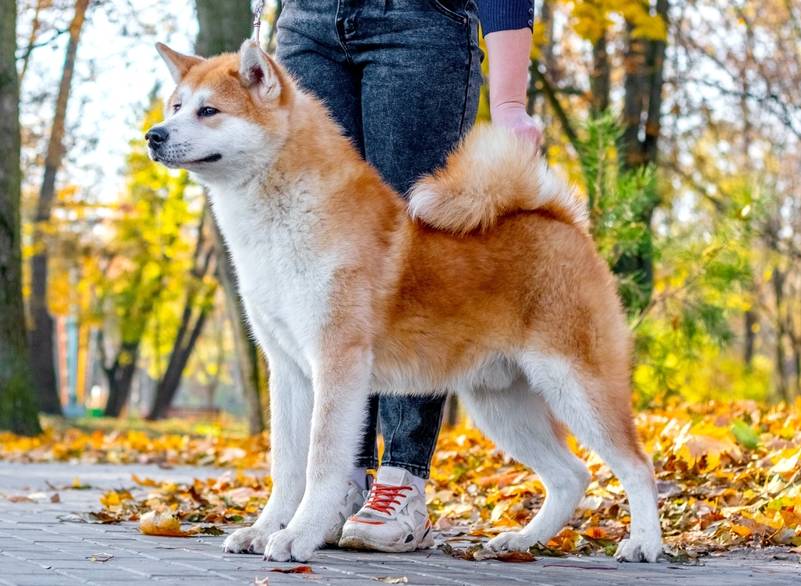






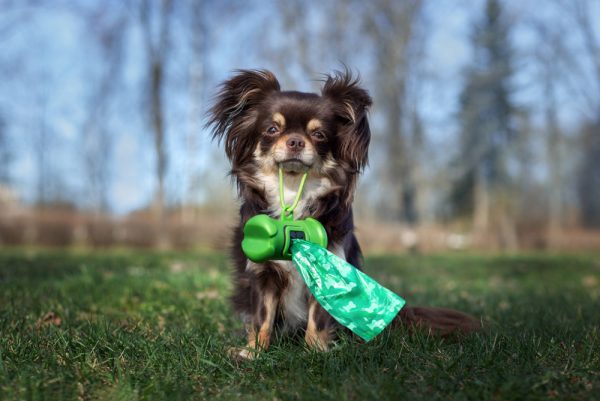





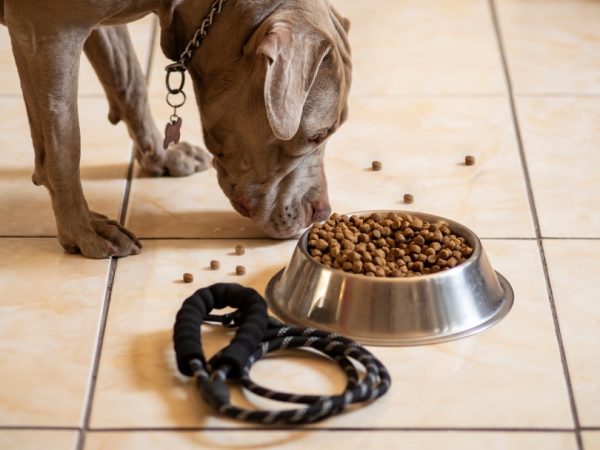


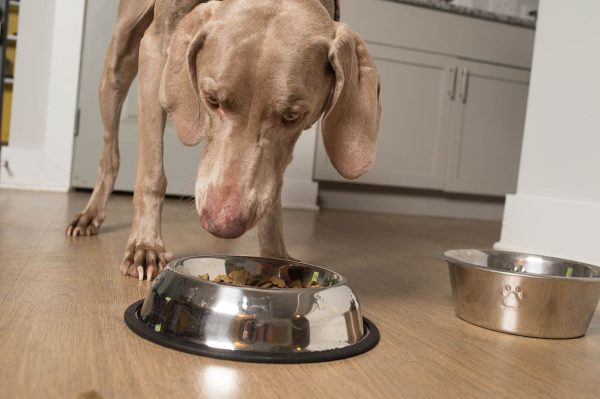


2 Responses
more info on
'herding" Dogs: Pyrenees (Pyrs), Collies, Shepherds, — best whistles for "wanderers"??